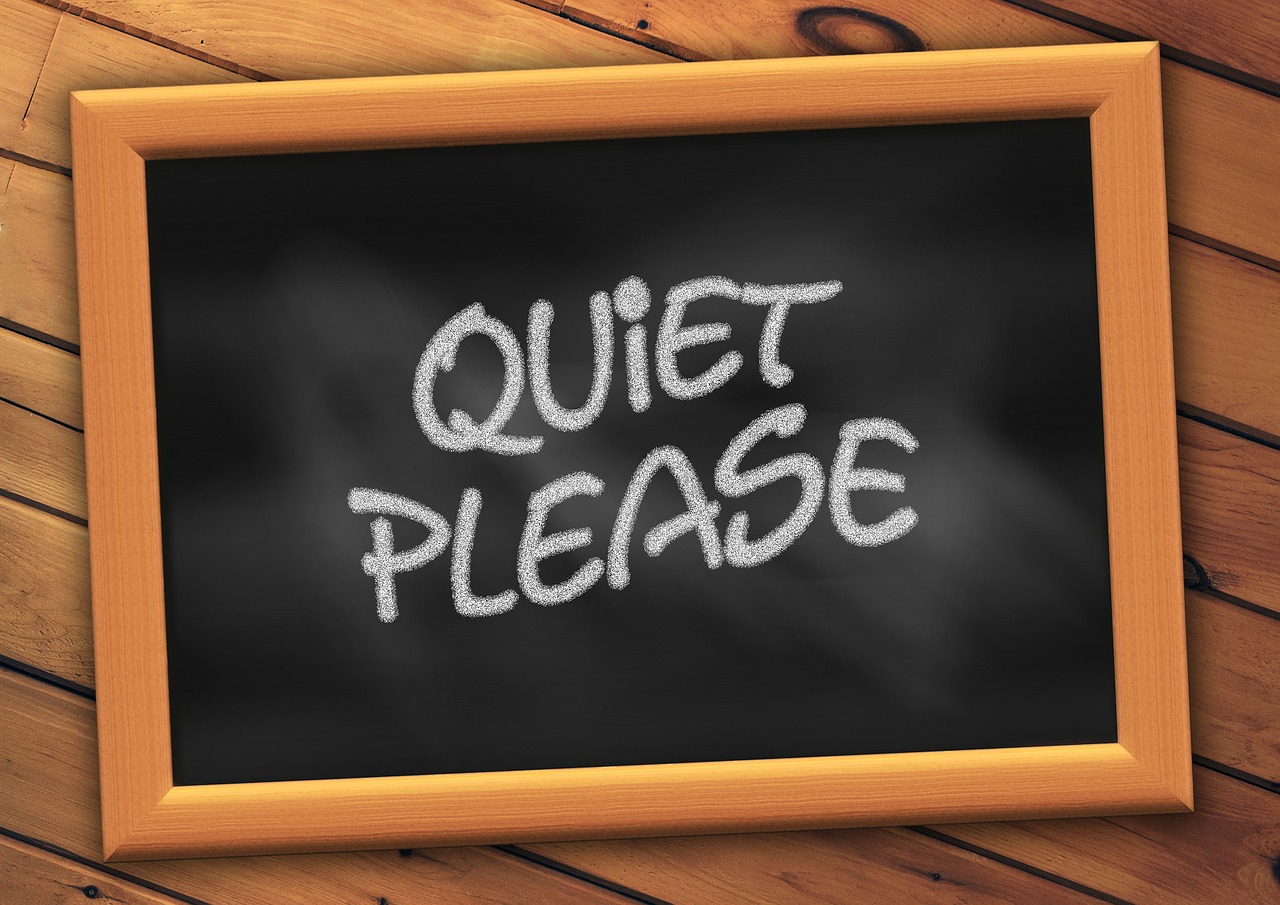The whole point of a diagnosis is to better figure out how to get people the help they need based on what they’re experiencing. The Diagnostic and Statistical Manual of Mental Disorders, Fifth Edition, Text Revised (DSM-5-TR) does its best to take people’s individual characteristics and experiences and categorize them to be more easily diagnosed. This isn’t a perfect system and it does a pretty good job helping mental health professionals get a better understanding of how to treat their clients. While the DSM covers a wide range of disorders and symptoms, sometimes the diagnostic criteria doesn’t represent how every person who has been diagnosed with a disorder experiences it.
 Borderline personality disorder (BPD) is defined in the DSM-5-TR as “a pervasive pattern of instability of interpersonal relationships, self-image, and affects, and marked impulsivity that begins by early adulthood and is present in a variety of contexts.” To be diagnosed with BPD you have to meet at least 5 of the following criteria:
Borderline personality disorder (BPD) is defined in the DSM-5-TR as “a pervasive pattern of instability of interpersonal relationships, self-image, and affects, and marked impulsivity that begins by early adulthood and is present in a variety of contexts.” To be diagnosed with BPD you have to meet at least 5 of the following criteria:
- Frantic efforts to avoid abandonment, real or imagined
- Extreme idealization and devaluation in relationships
- Unstable sense of self or self-image
- Impulsivity
- Recurrent suicidal behavior
- Mood swings that can last for long periods of time
- Chronic feelings of emptiness
- Difficulty controlling intense anger
- Stress related paranoia or dissociation
Many disorders in the DSM have subtypes or specifiers to allow for even more clarification on a person’s experience with the disorder. BPD doesn’t have any subtypes or specifiers, according to the DSM-5-TR. So if you told your therapist that you have quiet BPD and they said that it isn’t real, they’re not technically wrong. A person cannot be diagnosed with quiet BPD because it isn’t an official specifier or subtype in the DSM. The term “quiet BPD” was created to better explain and understand how some experience BPD vs. the more well known external characteristics of BPD. So what is quiet BPD?
Quiet BPD is still BPD. People with quiet BPD still have difficulty with interpersonal relationships, self-image, mood, and impulsivity. The main difference is that people with quiet BPD internalize their emotions and urges while people with more typical BPD externalize. Here are some characteristics of quiet BPD:
- Less impulsive
- Internalize their emotions
- Communicate emotions less
- Direct their negative emotions towards themselves
- Mood swings directed inwards, aka suffering in silence or feeling invisible
- Acting as if nothing is wrong
- Having extremely negative and critical thoughts towards yourself
 Some people refer to quiet BPD as the “good” or “functional” BPD and just because it is internal, doesn’t mean that it is not causing harm for a person with it. It’s called quiet BPD because it is more subtle and can be more difficult to diagnose, which can lead to being misdiagnosed. People with quiet BPD still struggle with more typical characteristics of BPD like setting boundaries, fear of abandonment, struggling to make and keep friends, having intense emotional reactions, a poor sense of self, etc. All of these things are distressing and can prevent you from experiencing a life that is worth living.
Some people refer to quiet BPD as the “good” or “functional” BPD and just because it is internal, doesn’t mean that it is not causing harm for a person with it. It’s called quiet BPD because it is more subtle and can be more difficult to diagnose, which can lead to being misdiagnosed. People with quiet BPD still struggle with more typical characteristics of BPD like setting boundaries, fear of abandonment, struggling to make and keep friends, having intense emotional reactions, a poor sense of self, etc. All of these things are distressing and can prevent you from experiencing a life that is worth living.
It doesn’t matter if you have quiet BPD or more typical BPD, DBT is still going to be the most effective treatment for BPD. What is super cool (at least to me) about DBT is that you and your therapist are going to focus on things in your life that are getting in the way of you finding your life worth living, not the symptoms of BPD. If you have quiet BPD and aren’t as impulsive, then that wouldn’t be a target of your therapy. Instead, you would likely target your negative self-talk and emotion suppression. DBT focuses on building mindfulness, distress tolerance, emotion regulation, and interpersonal effectiveness skills; all of these are still going to be helpful with quiet BPD or more typical BPD. So you and your therapist are right, you may have quiet BPD and it isn’t real in the DSM.
About the Author
Robyn Williams (she/her), M.A., LPC is a Licensed Professional Counselor who specializes in dialectical behavior therapy. Robyn works with teens and adults in a compassionate judgment-free manner to meet clients where they are in life. She helps her clients develop the tools they need in order to live their life worth living, and find what means most to them. Robyn believes that while therapy can be intimidating at times, it can be a conduit for personal growth. Click here to learn more about Robyn’s experience and therapeutic approach.
Sources:
www.ncbi.nlm.nih.gov/pmc/articles/PMC8874928/#B22-medicina-58-00162
DSM-5-TR

